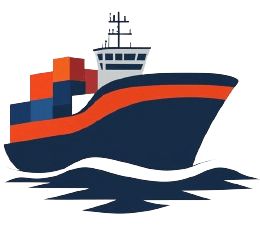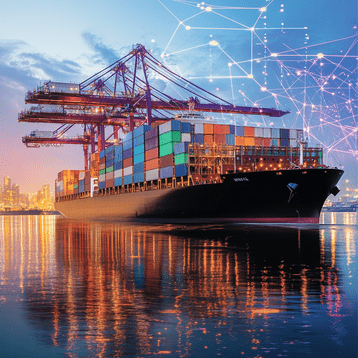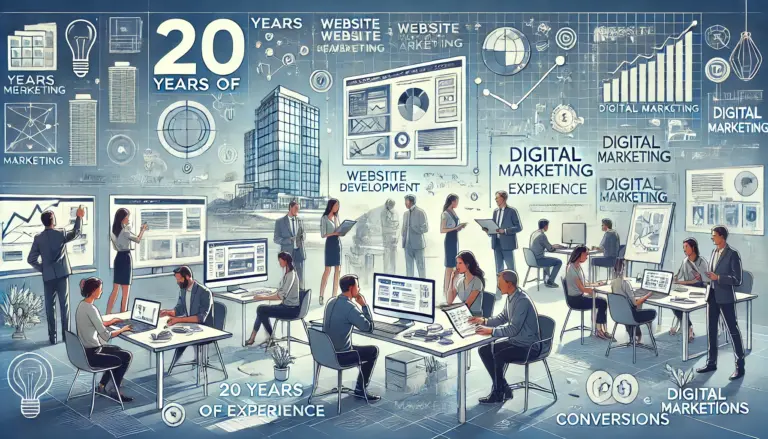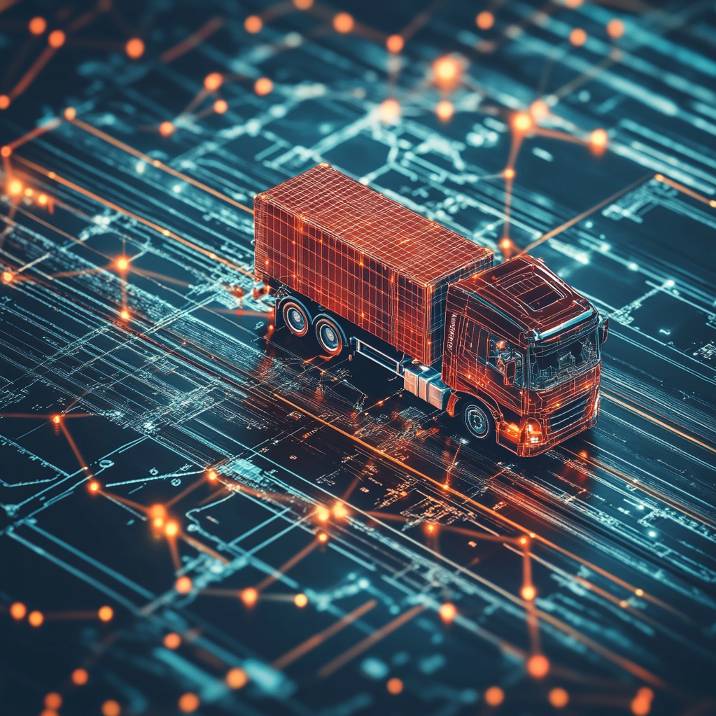AI-Powered Cargo Forecasting vs. Statistical Forecasting
| Criteria | AI-Powered Cargo Forecasting | Statistical Forecasting |
|---|---|---|
| Definition | Uses artificial intelligence and machine learning algorithms to predict cargo demand and trends. | Uses traditional statistical methods and historical data to forecast cargo demand. |
| Data Processing | Capable of processing vast amounts of real-time data from diverse sources (e.g., IoT devices, social media). | Relies on historical data and pre-defined models; limited in handling large datasets. |
| Accuracy | Higher accuracy due to continuous learning and adaptation to new data patterns. | Accuracy depends on the quality and relevance of historical data; less adaptable. |
| Complexity of Models | Utilizes complex models, including neural networks, deep learning, and ensemble methods. | Uses simpler models such as ARIMA, exponential smoothing, and regression analysis. |
| Scalability | Highly scalable, capable of handling increased data volumes and complexity as operations grow. | Limited scalability; increased data volume requires more complex model adjustments. |
| Adaptability | Highly adaptable to changing market conditions and emerging trends. | Less adaptable; models need manual updates to reflect changes in market conditions. |
| Implementation Cost | Higher initial investment in AI technology and expertise but lower long-term operational costs. | Lower initial costs but potentially higher long-term costs due to manual updates and maintenance. |
| Training and Expertise | Requires expertise in AI, machine learning, and data science for implementation and maintenance. | Requires knowledge of traditional statistical methods and data analysis techniques. |
| Response Time | Provides rapid insights and forecasts due to real-time data processing capabilities. | Slower response times as data needs to be processed and analyzed periodically. |
| Integration with Systems | Seamlessly integrates with modern ERP, SCM, and IoT systems for comprehensive data utilization. | Integrates with traditional business systems but may require significant adjustments for new data types. |
| Predictive Power | High predictive power with the ability to identify complex, non-linear relationships in data. | Predictive power is limited to linear or known relationships identified in historical data. |
| Handling Uncertainty | Better at handling uncertainty and rare events due to continuous learning from diverse data sources. | Less effective at handling uncertainty and rare events; heavily reliant on historical occurrences. |
| Maintenance | Requires continuous monitoring and updating of AI models to maintain accuracy. | Periodic model recalibration and updates are necessary but less frequent than AI systems. |
| User Interactivity | Allows for interactive, real-time adjustments and scenario analysis. | Less interactive; updates and scenario analyses are typically more manual and less frequent. |
| Risk Management | Enhances risk management through predictive analytics and anomaly detection. | Provides basic risk management based on historical trends and statistical confidence intervals. |
| Examples | Companies like Amazon and Alibaba use AI-powered forecasting to optimize inventory and logistics. | Traditional businesses using statistical methods for demand planning and inventory control. |
| Future Potential | High potential for innovation and improvement as AI technology evolves. | Limited future potential; improvements are incremental and based on advancements in statistical techniques. |
| Regulatory Compliance | Capable of quickly adapting to regulatory changes through dynamic data processing. | Adapts to regulatory changes through manual updates and recalibrations of models. |
| Energy Efficiency | Potentially more energy-efficient by optimizing logistics and reducing waste through accurate forecasts. | Less energy-efficient due to inefficiencies in handling dynamic and real-time data. |
| Operational Flexibility | High operational flexibility with the ability to adjust forecasts based on real-time inputs. | Limited flexibility; adjustments are slower and based on periodic data inputs. |
AI-Powered Cargo Forecasting offers high accuracy, adaptability, and scalability with advanced data processing capabilities, while Statistical Forecasting, though simpler and cost-effective initially, has limitations in handling large datasets and adapting to changing conditions.





